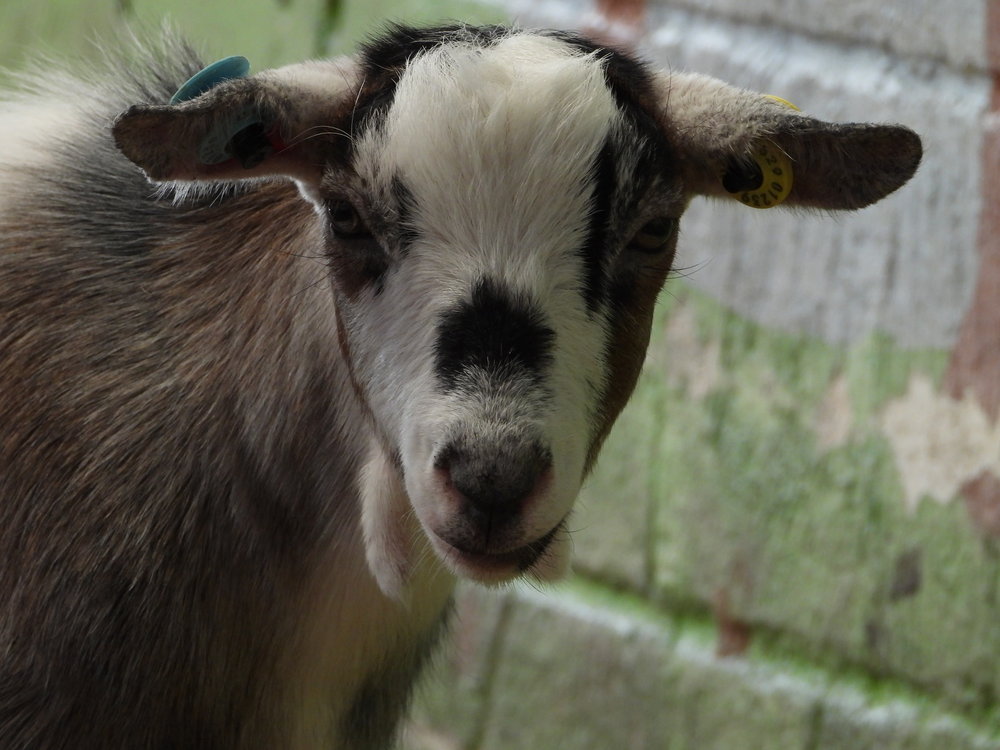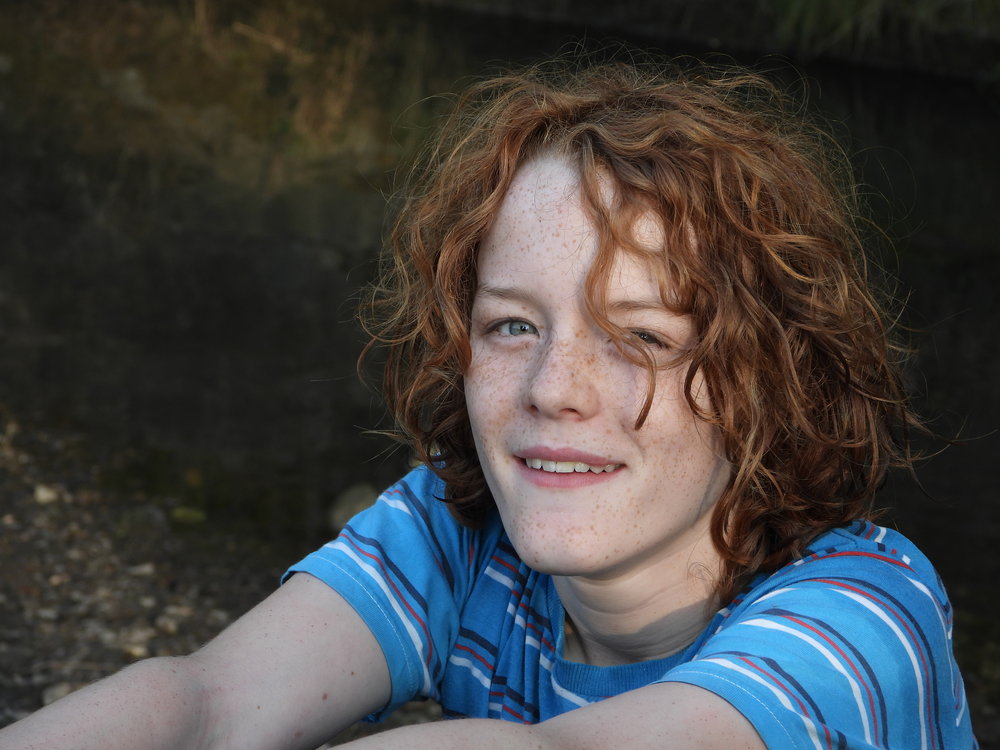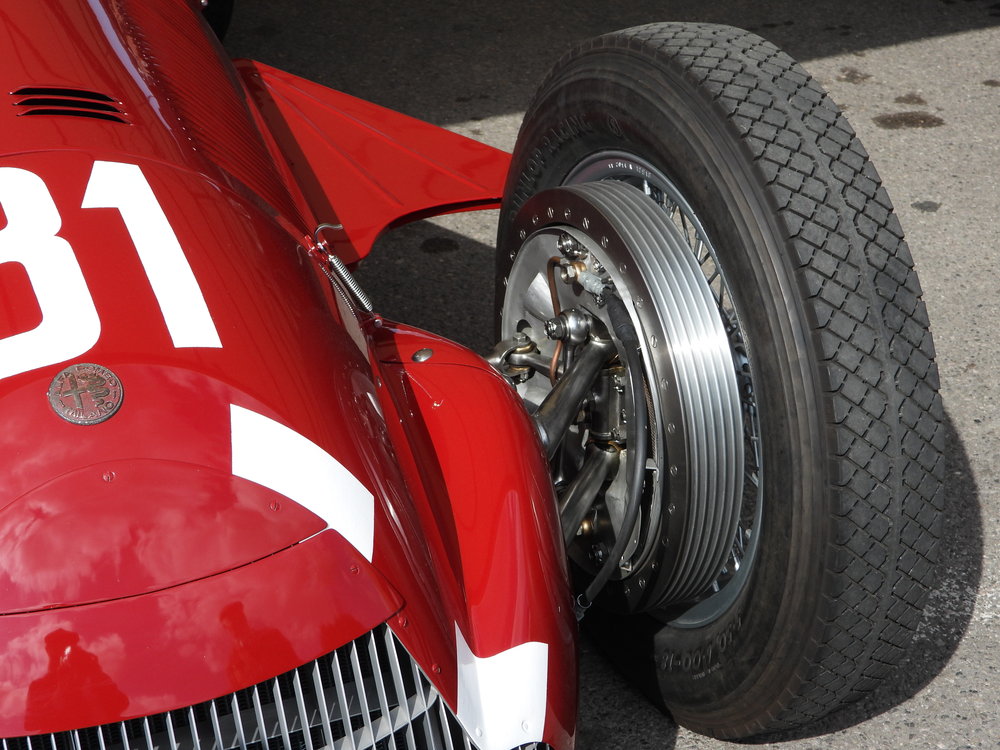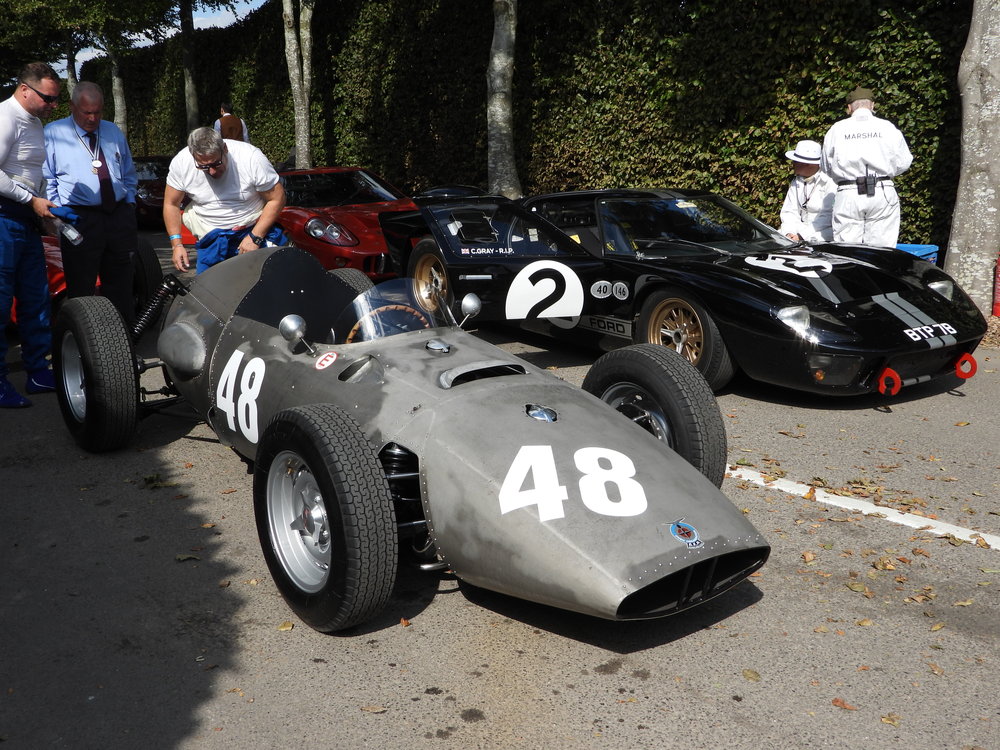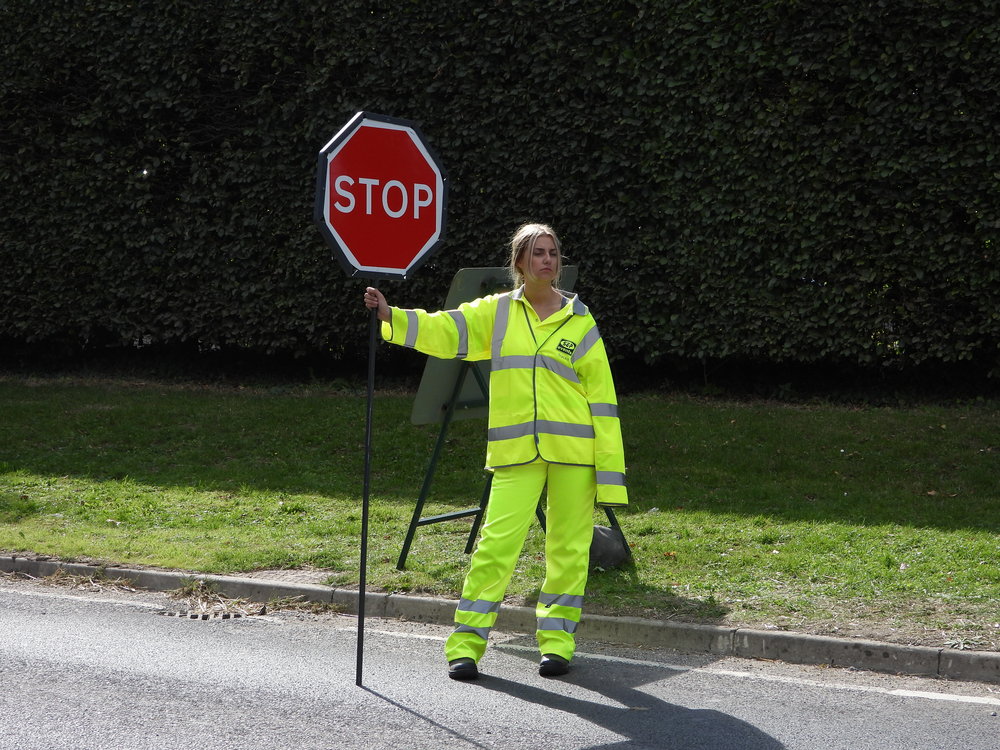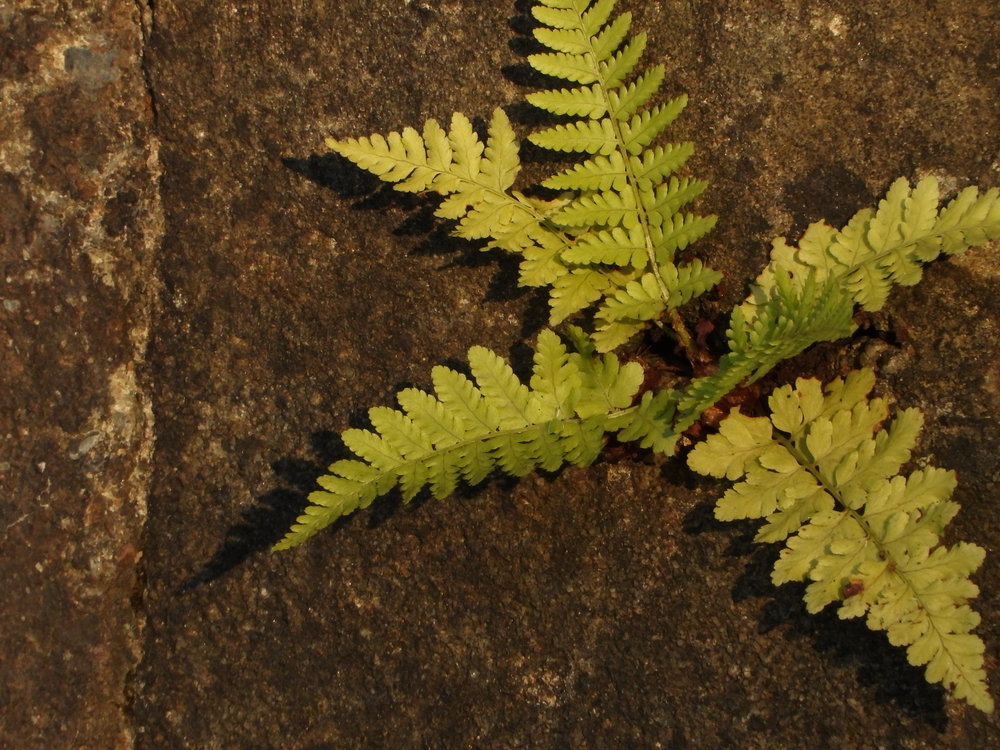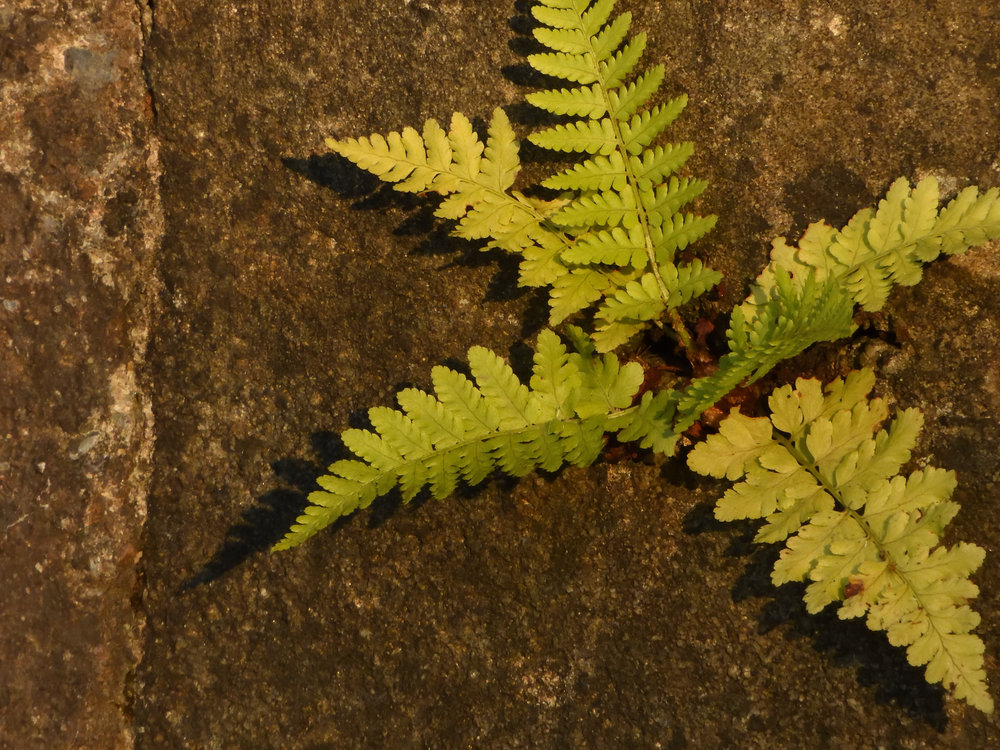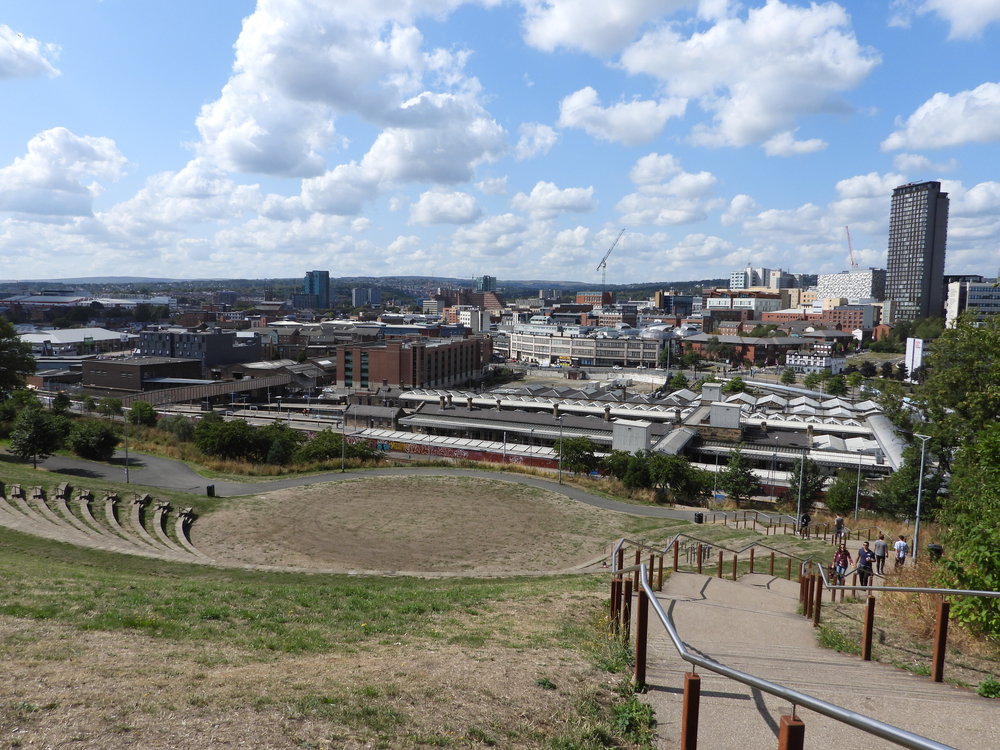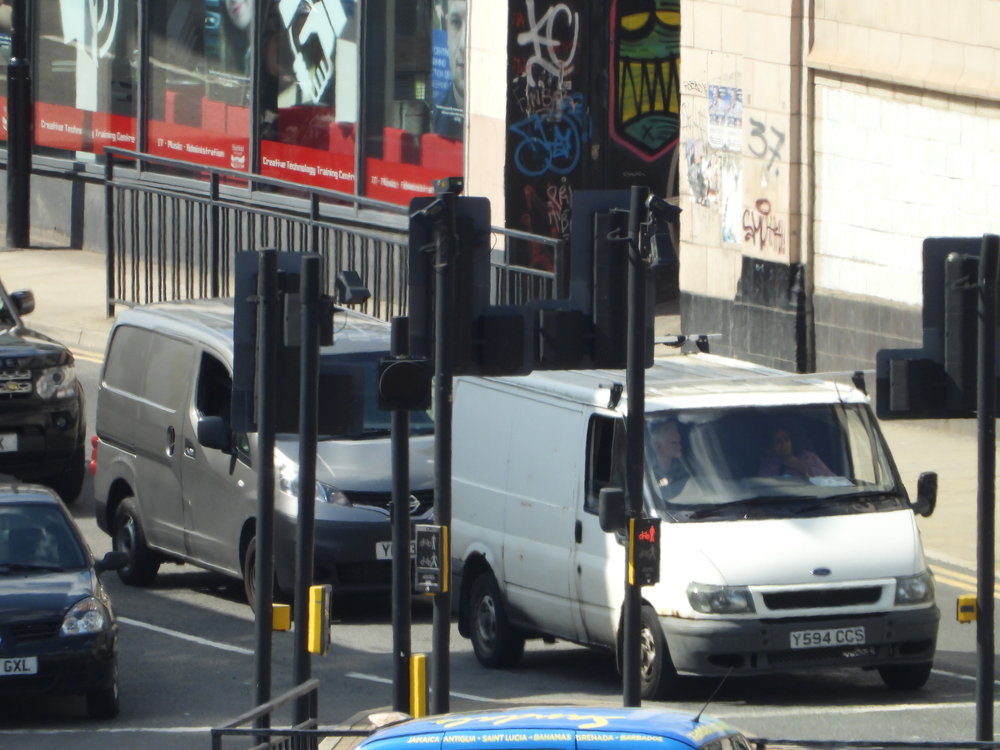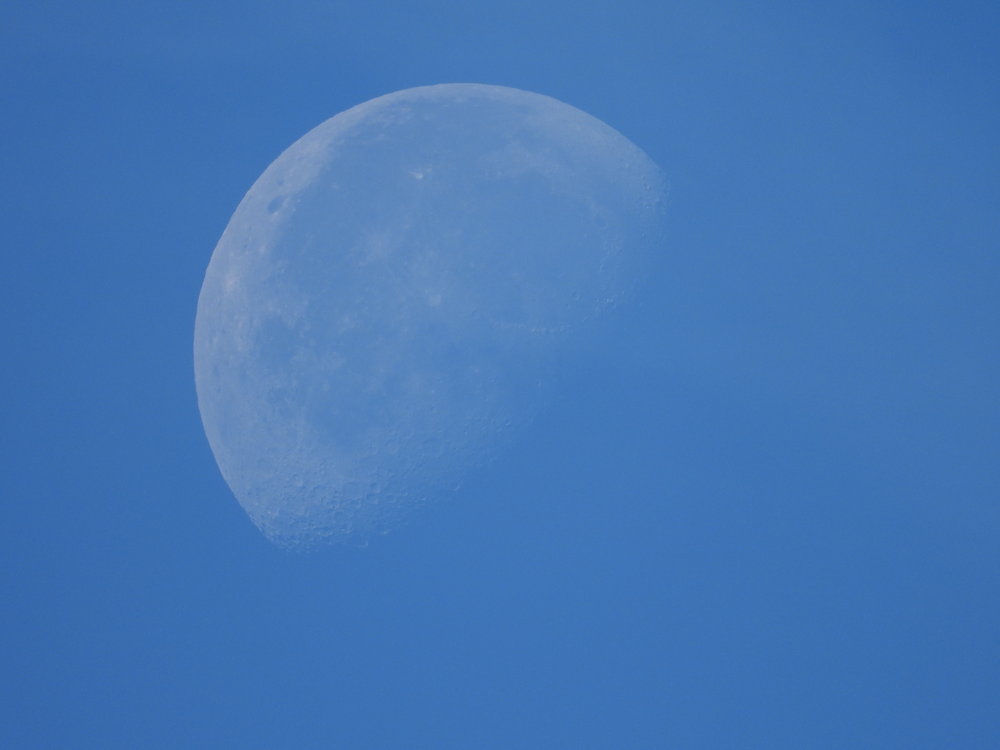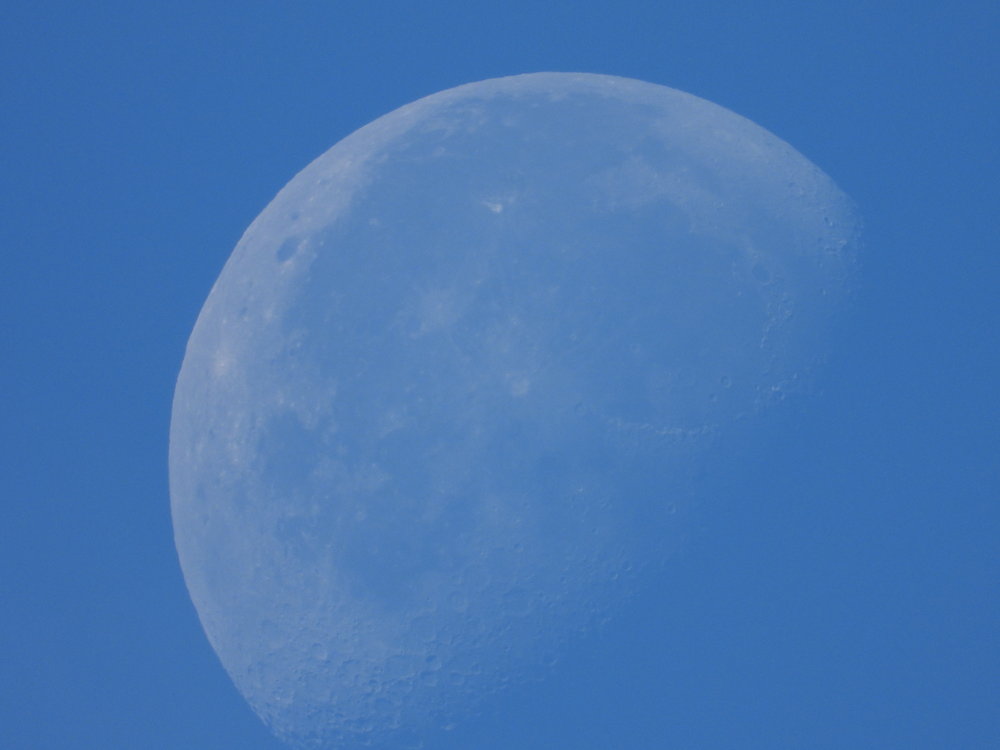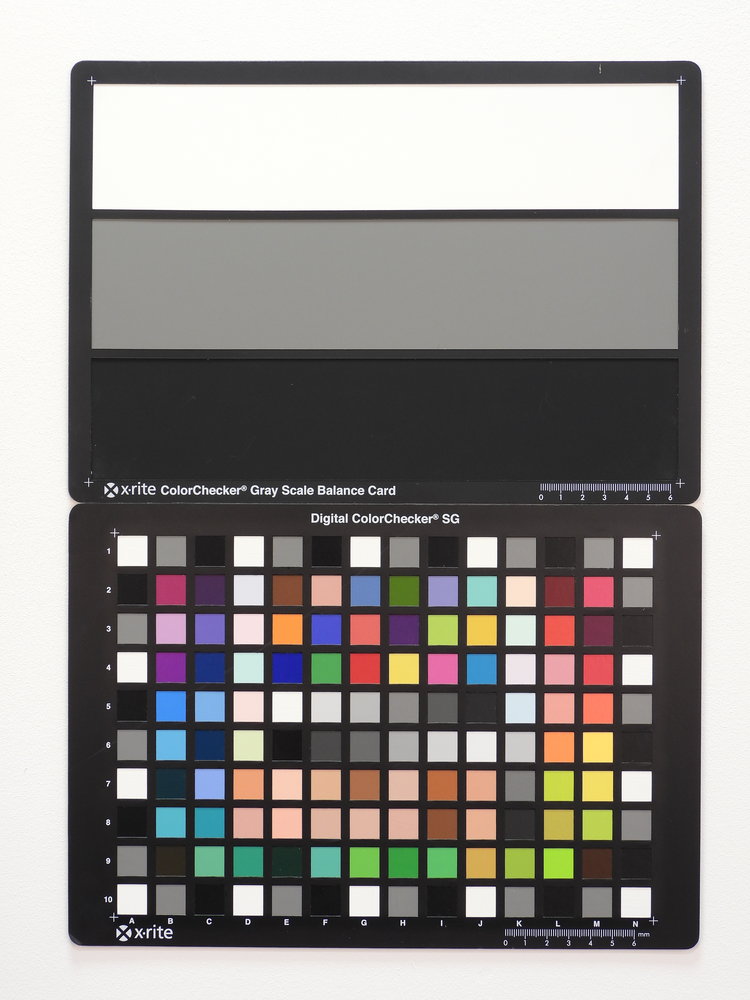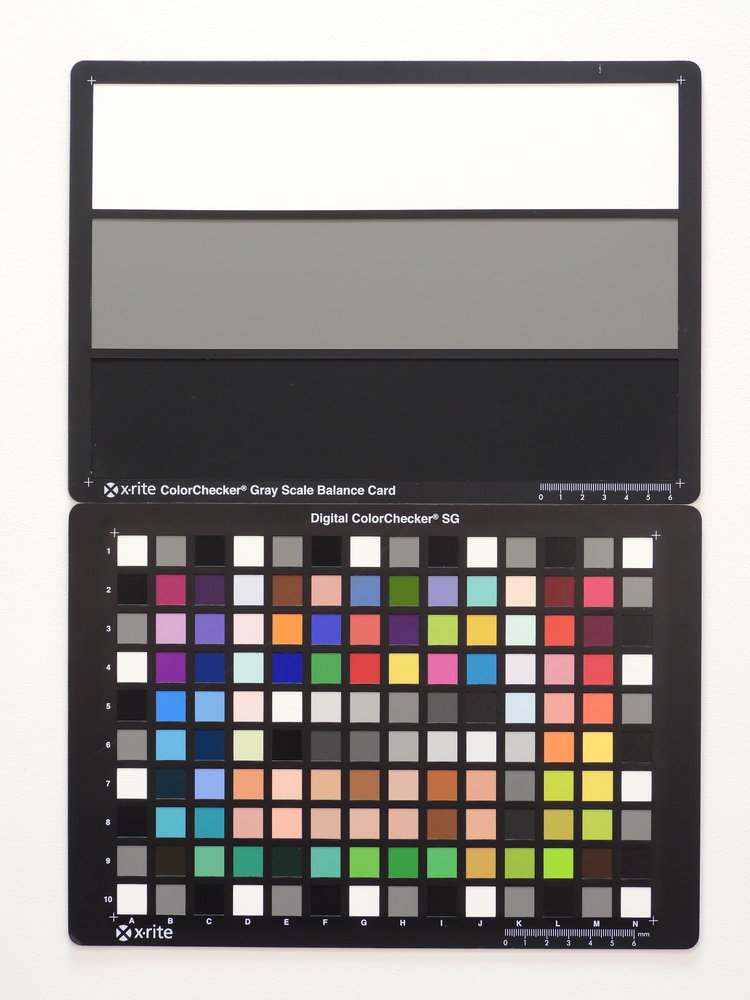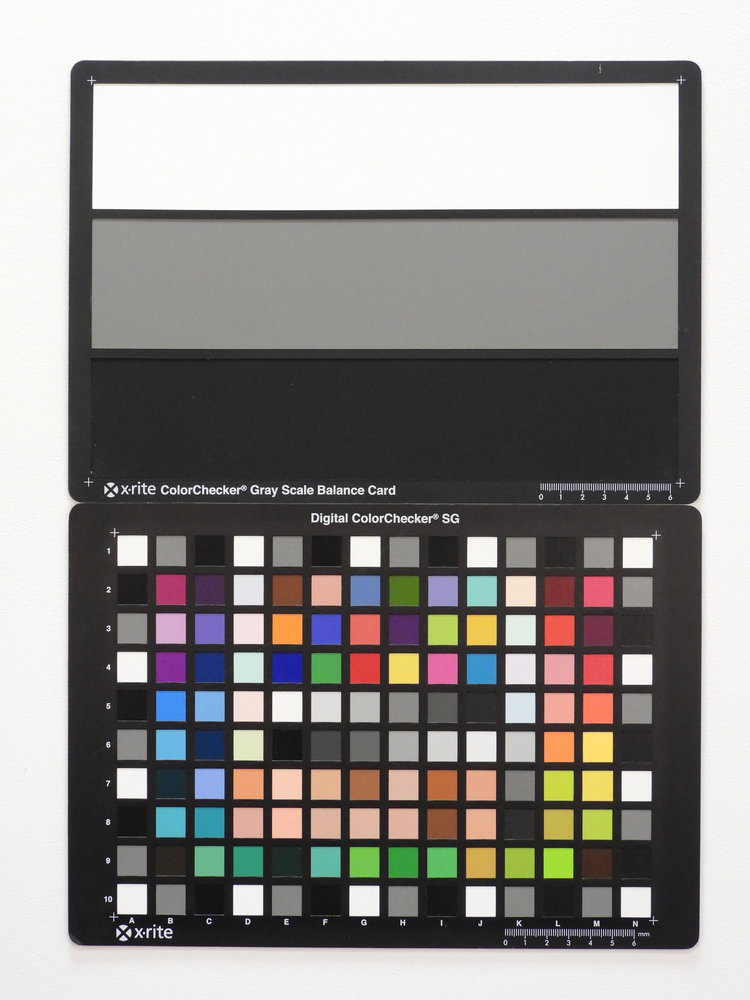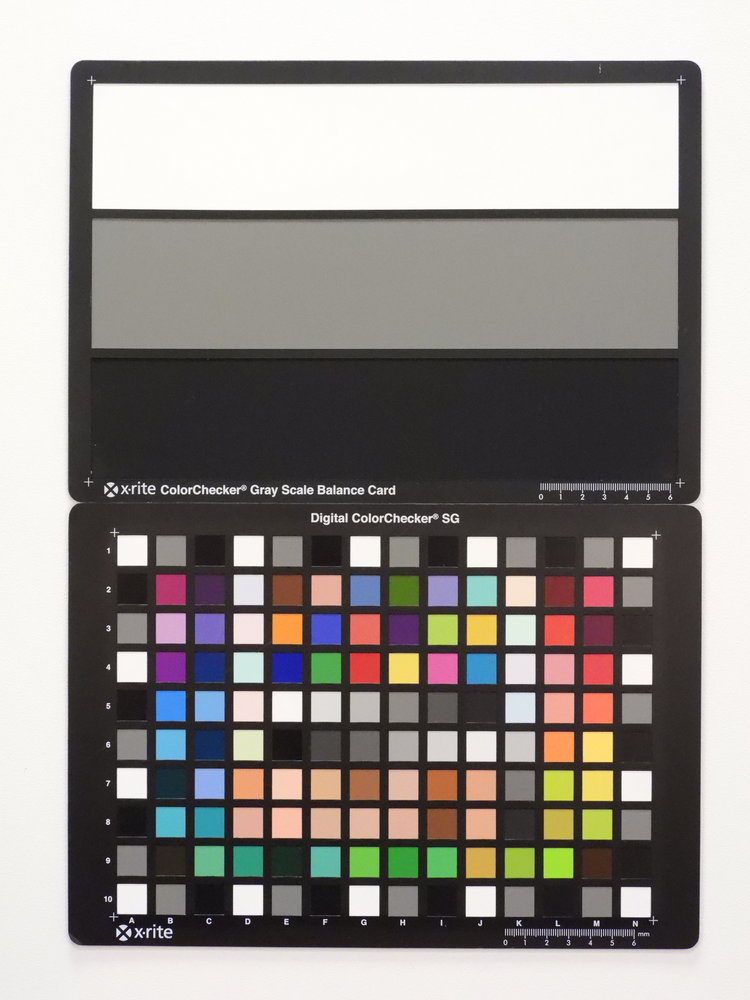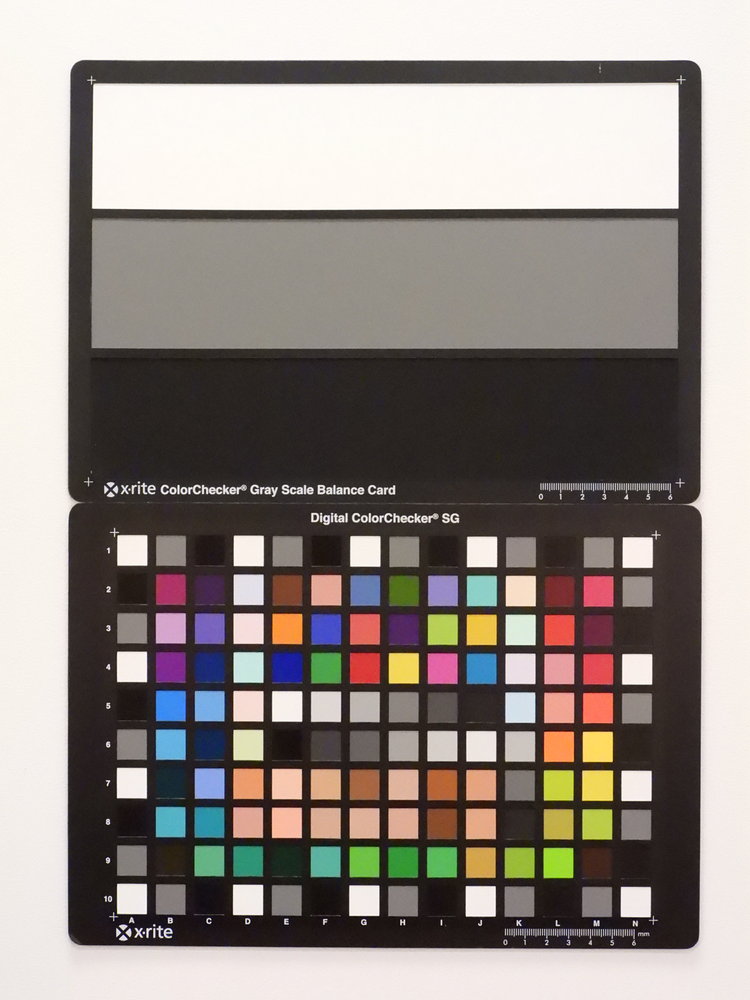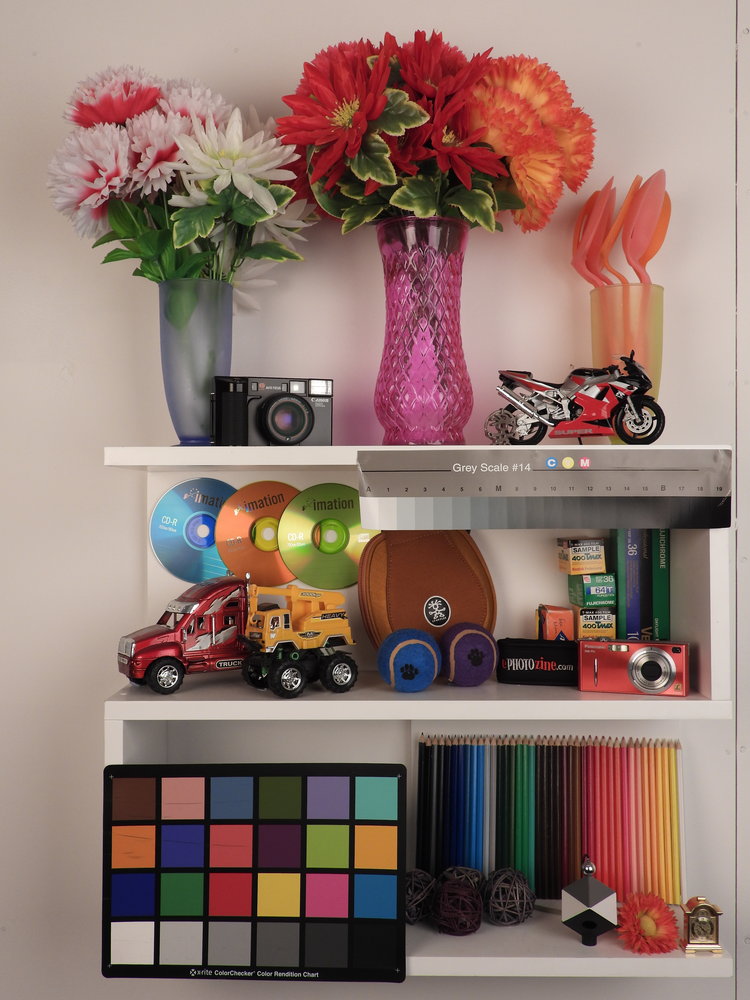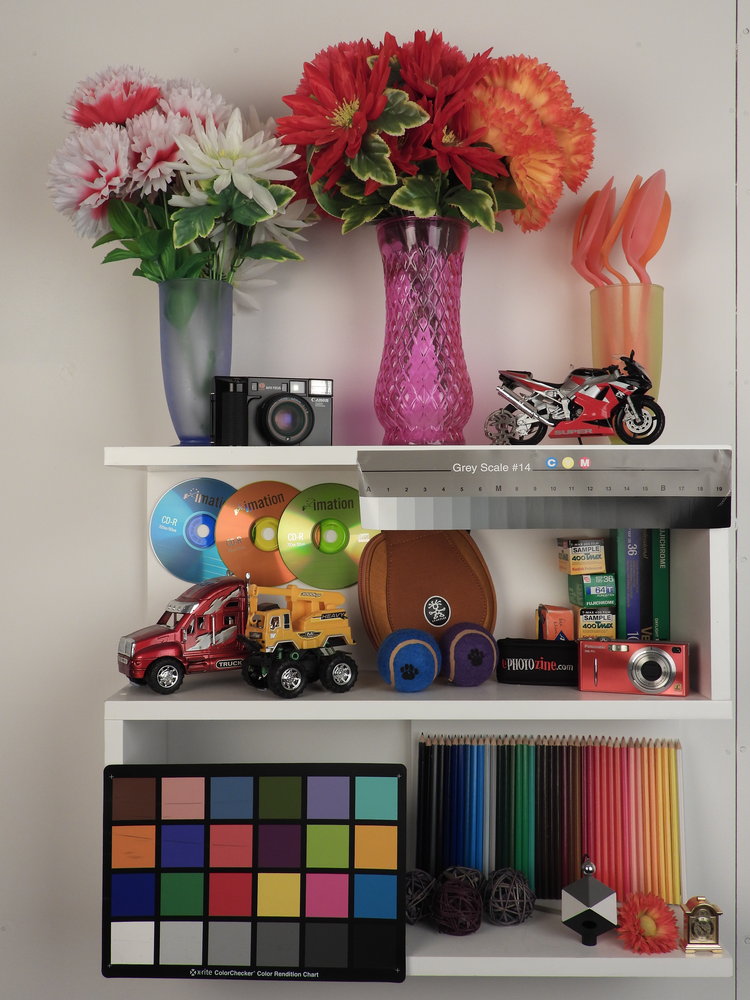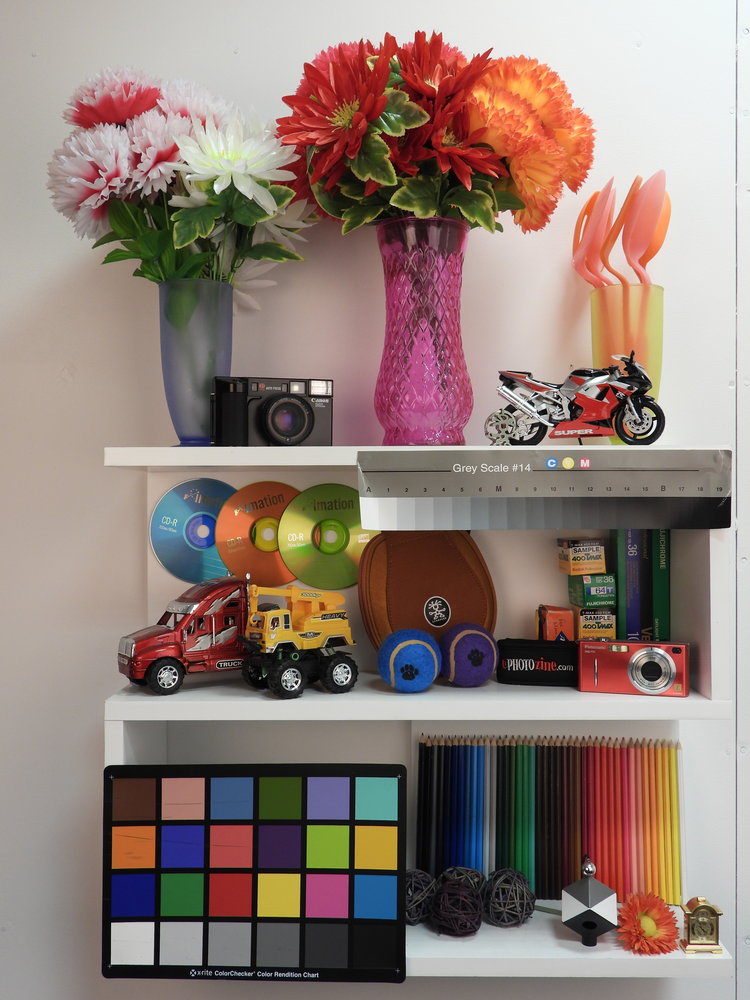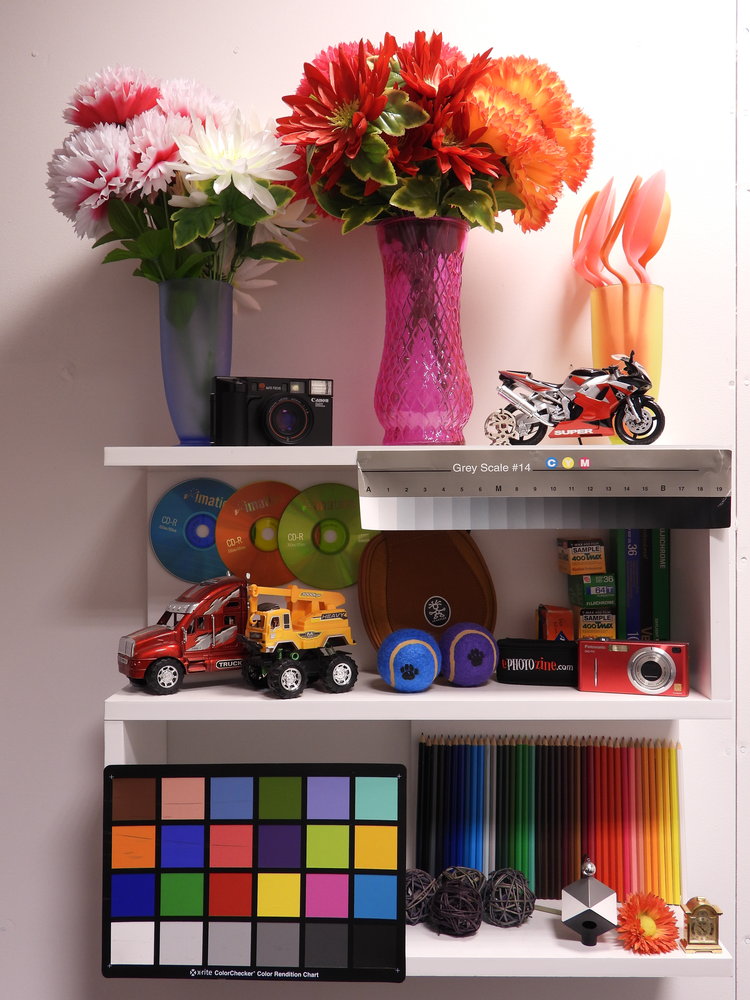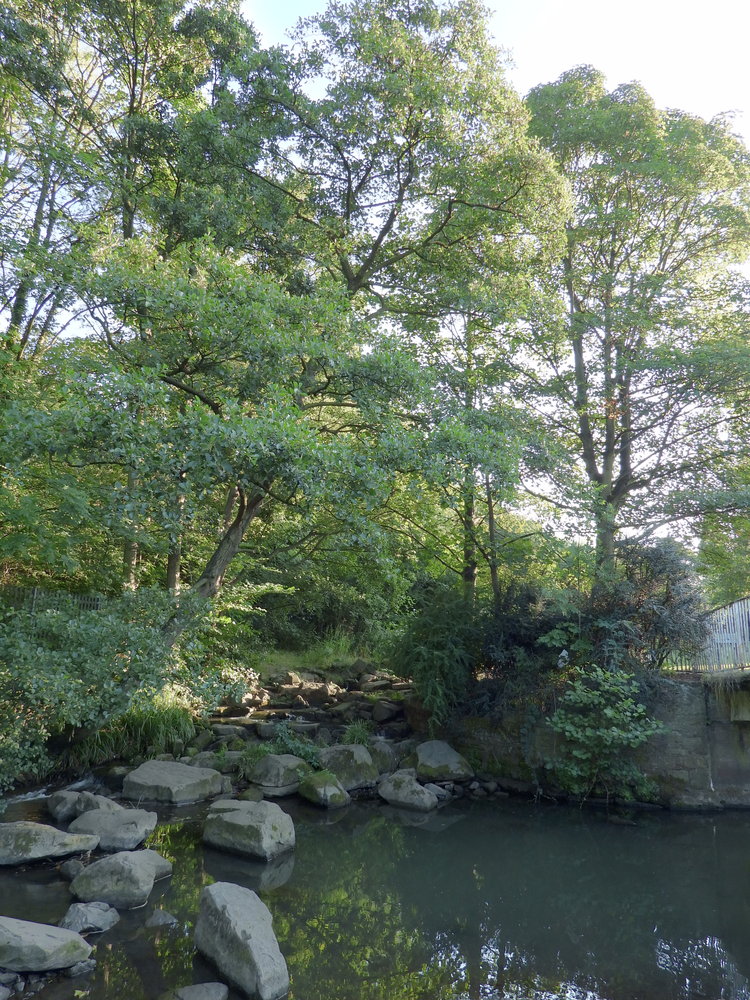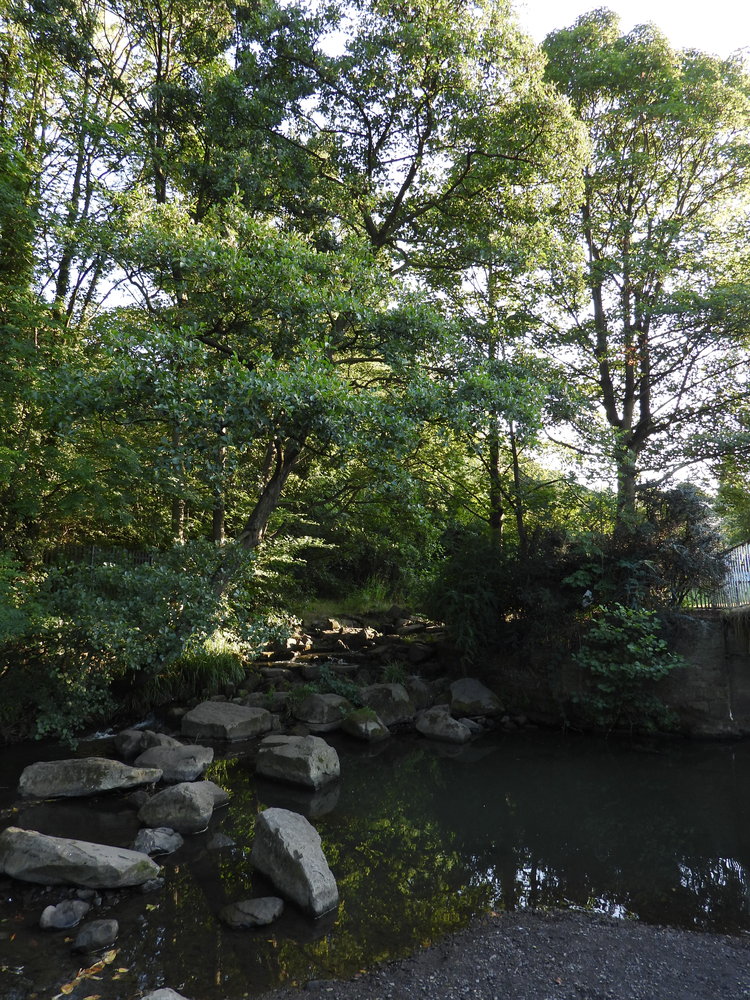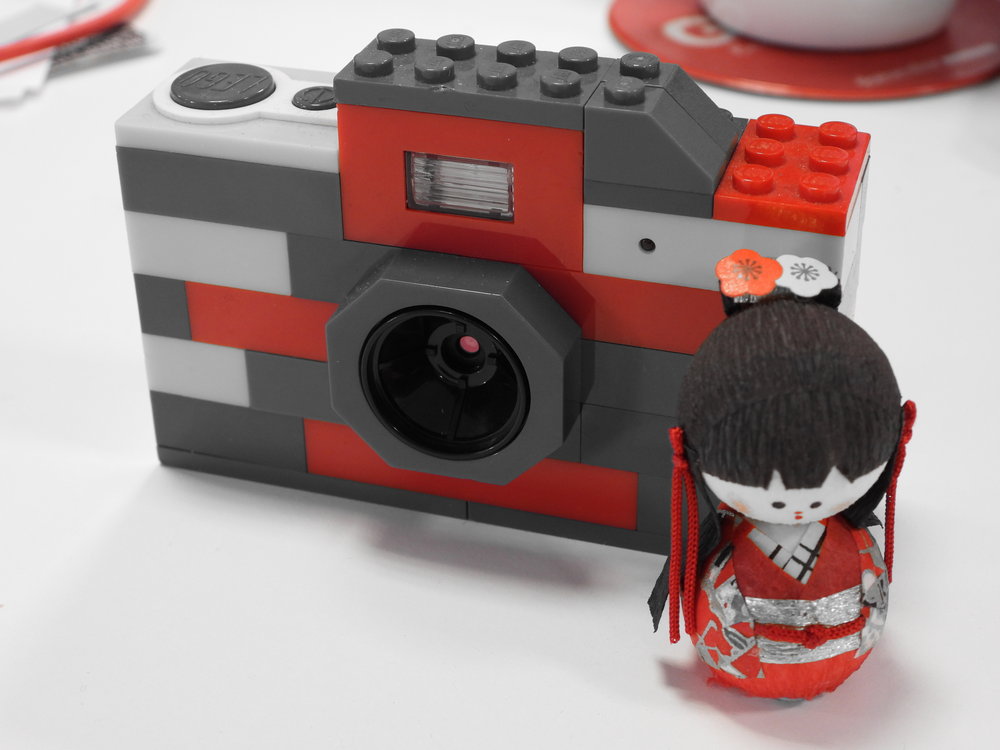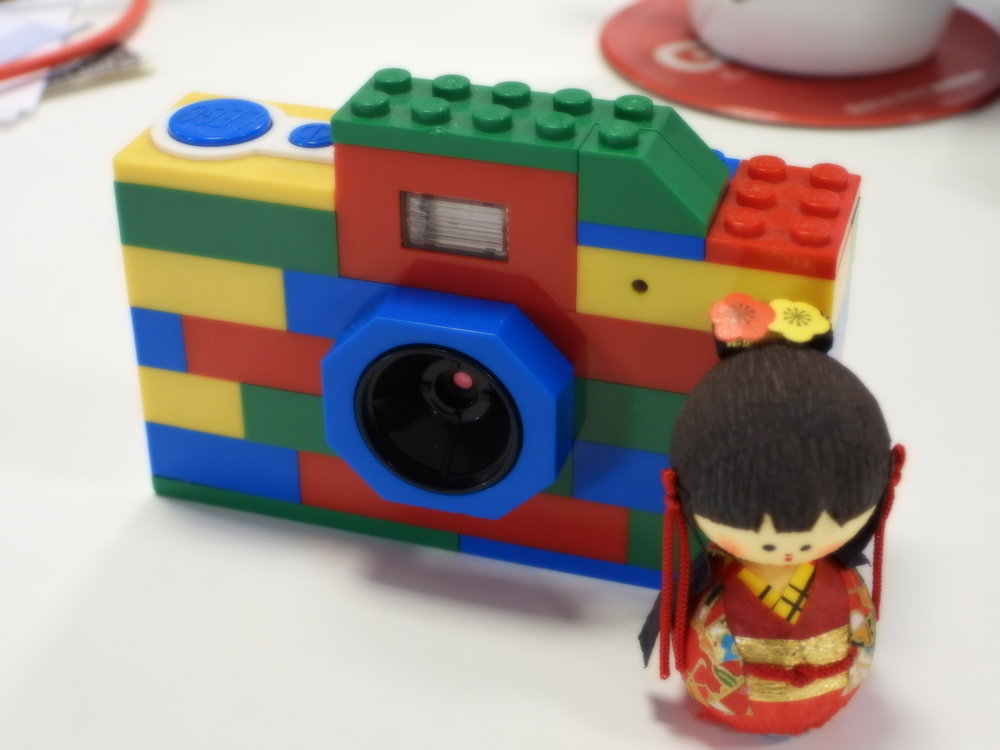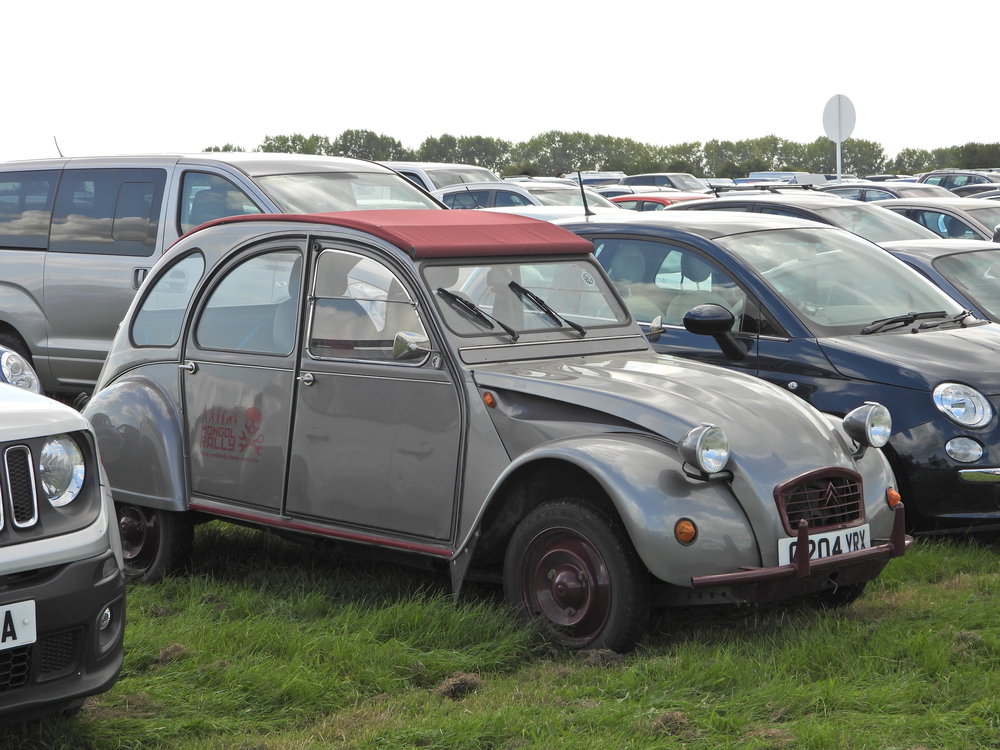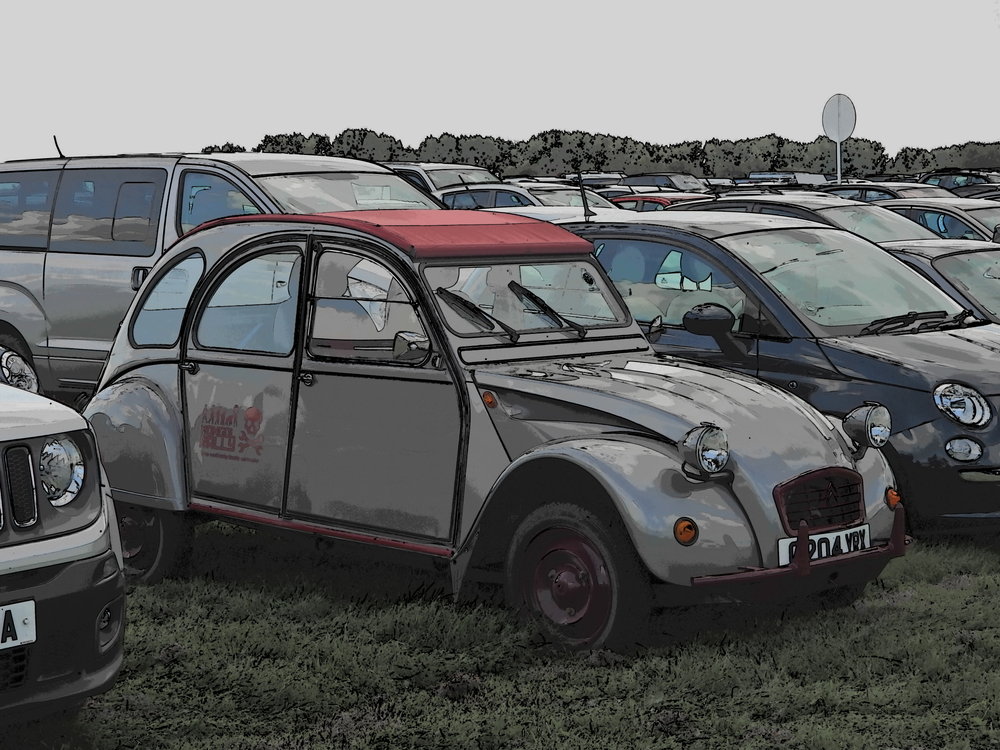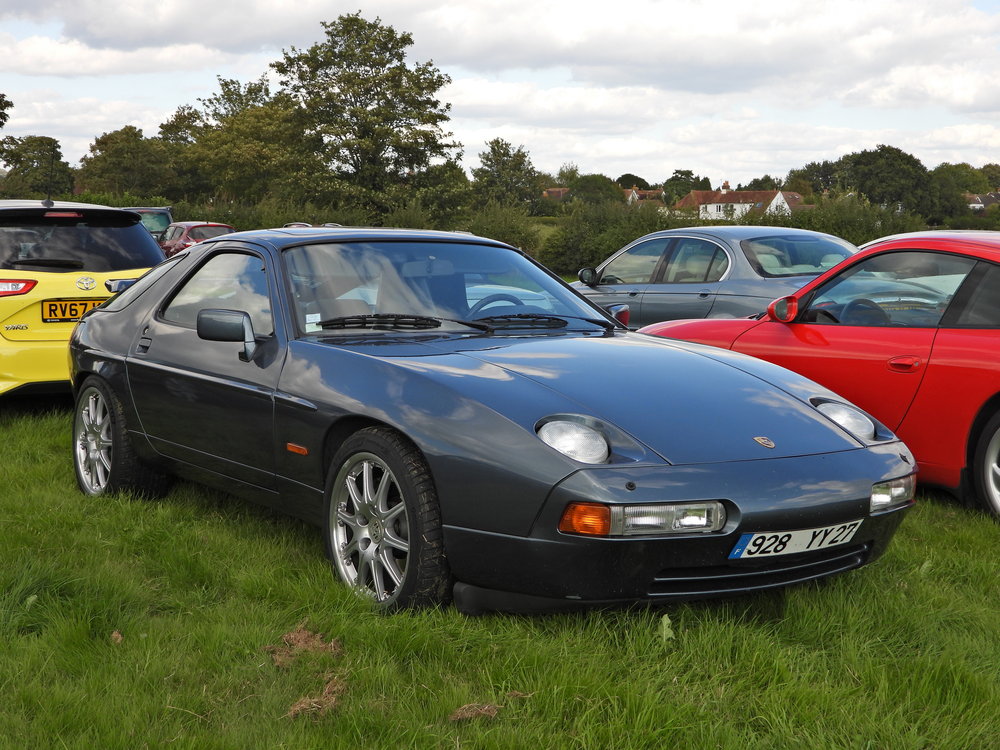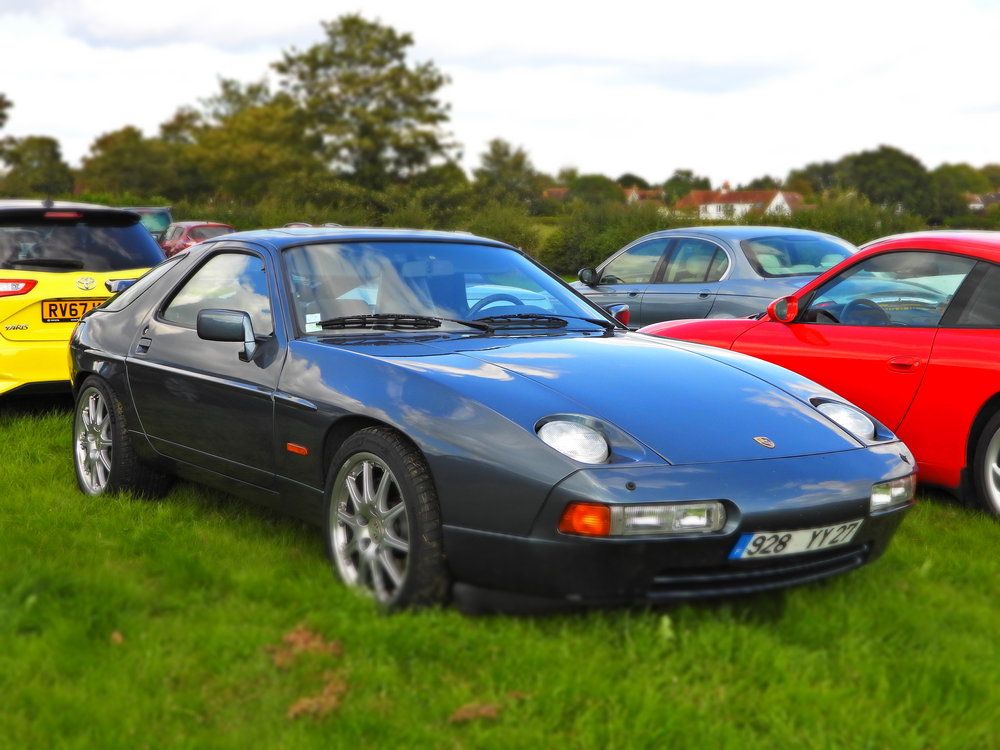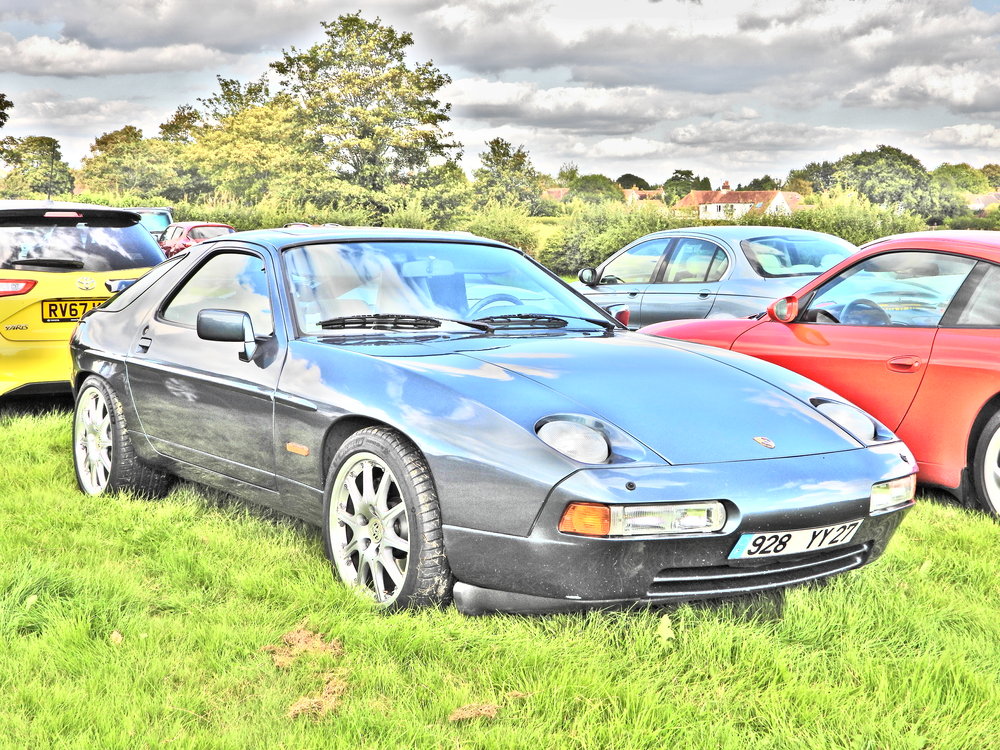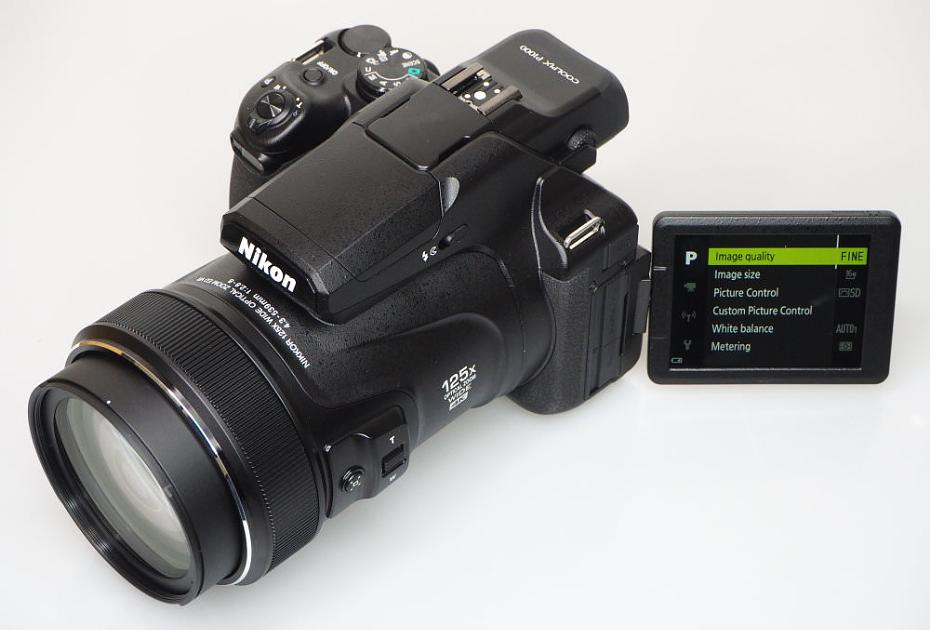
Quick Verdict
The new Nikon Coolpix P1000, quite literally, reaches for the moon and stars with one of the biggest and most in your face optical zoom we've ever seen! However, this comes with a number of unavoidable issues which includes the size and weight of the camera, needing a tripod for anything over 2000mm and a rather poor battery life.
+ Pros
|
- Cons
|
It's been a while since Nikon introduced a new 'ultra-zoom' to its line-up, 3 years to be precise, so the arrival of the Nikon Coolpix P1000 Bridge Camera has got people talking. The new Nikon Coolpix P1000, quite literally, reaches for the stars with a huge zoom lens that's equivalent to 24-3000mm and gives photographers 1000mm more zoom than the Nikon Coolpix P900 with "only" 83x optical zoom lens.
The P1000 has an RRP of £999 and will be available this month (September) but we've managed to get our hands on the 'ultra-zoom' early so we can let you know if the big reach, and other features, are worth almost £1K.
Nikon Coolpix P1000 Features
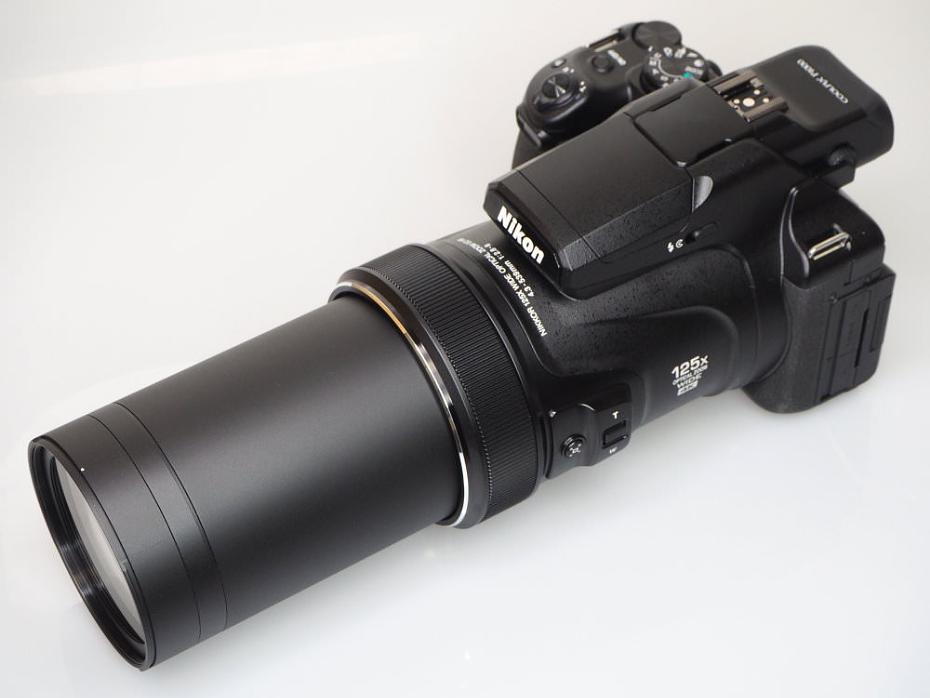
The Nikon Coolpix P1000 takes the 'ultra-zoom' bridge camera to a whole new level - with a 125x optical zoom lens (equivalent to 24-3000mm). The P1000 features a 3.2inch screen and high-resolution electronic viewfinder (EVF) with 2.36m dots.
The Nikon Coolpix P1000 offers a whopping 125x optical zoom, going from 24mm equivalent all the way to 3000mm!
To help control the whopping 125x optical zoom, there is side zoom control and a snap-back zoom button. There's even a Moon mode for shooting photographs of, well, the moon. Dual Detect Optical Vibration Reduction (VR) system gives 5 stops of image stabilisation and for more advanced photographers, there is full manual control, a Flash hot-shoe and RAW shooting (something the P900 didn't offer). There's also a focus mode selector that can be used to change the focus mode after focus has been acquired and a control ring that enables the adjustment of settings such as white balance and manual focus.
If you want to use external Speedlights, the Coolpix P1000 is equipped with an accessory terminal as well as an accessory shoe and a new Bluetooth remote control will soon become available so you can shoot remotely with the camera.
The camera also has Wi-Fi and Bluetooth built-in so it is compatible with the Nikon SnapBridge app which can be used to quickly sync images captured with the P1000 to your smartphone.
Nikon says the Coolpix P1000 can take 250 shots on one battery but it does weigh in at 1415g which will give your biceps and forearms a bit of a workout when holding it for a while.
As well as a 2359k-dot OLED electronic viewfinder, that offers a magnification of approximately 0.68x, there's a 921K, 3.2inch vari-angle screen but it's not touch-sensitive. The eye sensor does, however, automatically switches from monitor shooting to viewfinder shooting the instant you raise the camera to your face.
The P1000 offers the most optical zoom of any ultra-zoom bridge camera, but what else is different between it and other similar models? Here's a quick comparison of the two other ultra-zoom bridge cameras with a large optical zoom lens:
| Kodak PIXPRO AZ901 | Nikon Coolpix P1000 | Nikon Coolpix P900 |
| 90x optical zoom | 125x optical zoom | 83x optical zoom |
| f/3.1-6.8 aperture | f/2.8-8 | f/2.8-6.5 aperture |
| 22mm wide-angle* | 24mm wide-angle* | 24mm wide-angle* |
| 1980mm telephoto* | 3000mm telephoto* | 2000mm telephoto* |
| 20mp sensor | 16mp sensor | 16mp sensor |
| FullHD video | 4K video | FullHD video |
| 777g | 1410g | 899g |
*equivalent in 35mm terms
We've already mentioned that the Coolpix P1000 has a huge zoom but to give you the precise numbers, it starts at the wide-angle end, offering 24mm equivalent and extends to the super-telephoto, 3000mm equivalent. Plus, up to 250x zoom is possible when Dynamic Fine Zoom is enabled, although as this is digital zoom we wouldn't recommend using it. The aperture range is pretty bright, ranging from f/2.8-8, and the camera features a 16mp BSI CMOS sensor.
The camera has an upgraded EXPEED image-processing engine and the Dual Detect Optical VR will help with camera shake, giving a vibration reduction equivalent to a 5.0-stop increase in shutter speed which should aid with hand-help shooting even when using the full telephoto reach of the camera. Nikon says they have used 'Super ED and ED lens elements' in the construction of the lens, too, which helps with the reduction of chromatic aberrations and the autofocus system lets you shoot continuously at 7fps.
As for creative options, there are 7 'picture controls' (Standard, Neutral, Flat, Landscape, Portrait, Vivid and Monochrome). You can also customise the controls and use the Picture Control system to sharpen, adjust clarity or add/remove contrast. The time-lapse mode is also available which, with the full length of the zoom you can use to capture a sequence of the moon travelling through the sky or even of star trails. Talking of the moon, there's a Moon mode which optimises camera settings to capture better astronomical images and with Bulb or the Time Shooting modes, you can capture night shots with ease.
If you're a Multiple Exposure fan, you can overlay up to three shots to create unique images, too. For bird photographers, there's a Bird-watching mode so you can capture photos of shy, fast-moving subjects with all of the settings you need to get clear shots.
The Nikon Coolpix P1000 records 4K UHD video at 30fps, and the full 125x optical zoom can be used while shooting video!
The Coolpix P1000 supports the recording of high-definition 4K UHD/30p movies - an improvement over the P900 which only captured video in Full HD resolution. The full zoom of the lens can be used when shooting video and frames from movies recorded in 4K UHD format can also be saved as still images.

Key Features
- 16 megapixel 1/2.3inch BSI CMOS sensor
- 125x optical zoom lens, f/2.8-8, equivalent to 24-3000mm
- VR Optical image stabilisation (OIS) - 5 stops
- 3.2inch vari-angle screen, 921K dots
- OLED Electronic Viewfinder (EVF), 2.36m dots, with eye-detection
- P,S,A,M, with RAW shooting
- 7fps continuous shooting speed
- Built-in pop-up flash
- 4K UHD video (30/25fps), stereo mics, mic socket
- FullHD video at 60fps
- Time-lapse, super lapse video
- ISO100 to ISO6400
- 1cm macro (wide-angle)
- 250 shot battery life
- Wi-Fi, Bluetooth
Nikon Coolpix P1000 Handling
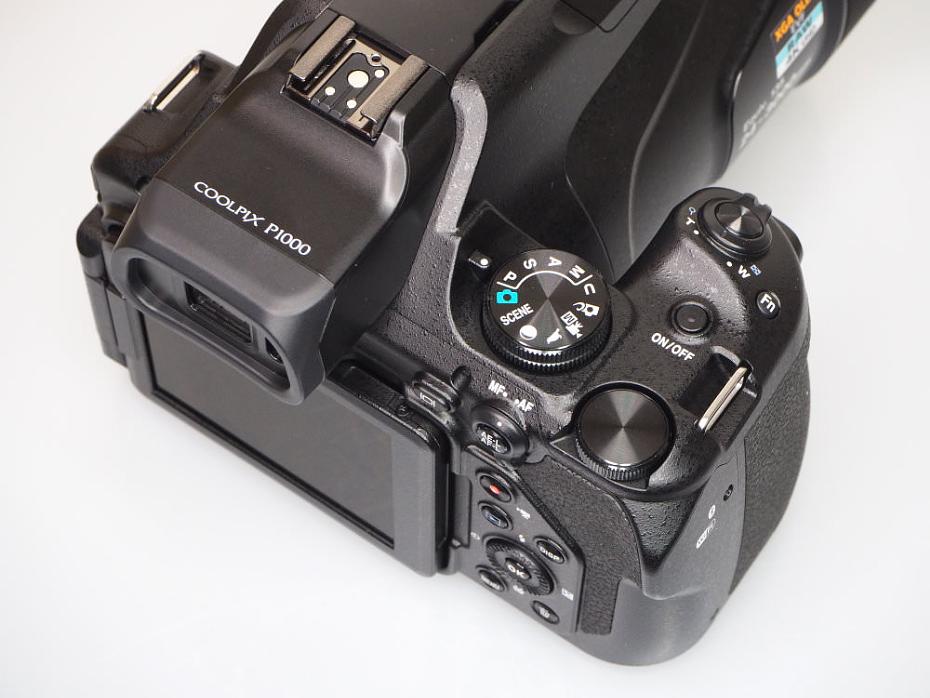
When you first look at the Nikon Coolpix P1000, your first words will probably be: 'It's massive!' and there's no hiding the fact that it is rather enormous and weighs quite a bit. In fact, after holding the camera up to the sky to try and capture some shots of passing planes, my arms did start to feel quite tired.
Bulkiness aside, the large rubberised grip gives a stable hold and the side zoom control means you can extend the zoom quite easily with just your thumb. There's also a 'snap-back' zoom button which you just have to press to retract the lens which is designed to help you find your subject quickly if you've lost it, it also means you're not holding down the zoom button waiting for it to come back from the huge telephoto end to wide.
On the back is another large thumb grip and there's also one on the left-hand-side to aid with grip but we really wouldn't recommend you use the Coolpix P1000 with just one hand.
The buttons on the back are kept to a minimum with only the ones you should need instant access to, the rest of the options can be found in the menu system. You can set the exposure compensation, focus mode, self-timer and flash options with the scroll wheel on the back, or customise the Function (fn) button to give access to another option such as the ISO setting, or drive mode. Unlike a lot of other cameras, there is no "Quick menu" or quick access to menu settings, you either use the provided function buttons, or go in to the menus to change settings.
Surrounding the lens is a lens ring, which on default settings is used to adjust the exposure compensation. This can be customised, so that you can choose what this sets with the options being exposure, ISO, white balance or off. You can also customise the left hand side zoom control to act as either a zoom control, or manual focus.
The front of the lens has a 77mm filter thread, which makes it possible to attach filters.
The front of the lens has a 77mm filter thread, which makes it possible to attach filters and it also comes with a lens hood which, again, improves on the P900 as there wasn't one available for this camera when it was first released.
The electronic viewfinder (EVF) is a decent size, features a high-resolution of 2.36m dots, a dioptre adjustment dial and the view is large. An eye sensor automatically switches from monitor shooting to viewfinder shooting the instant you raise the camera to your face, too, and the eyecup is comfortable although not as soft as the ones you find on DSLRs.

The Nikon menus are clearly laid out and include a shooting menu, movie options, Wi-Fi options, Location data options and Setup options. The screen is not a touch-screen, however, it does have good viewing angles and shows a good resolution with clear results. It's also a vari-angle monitor so you can shoot in more awkward situations (low down etc.) more easily, as well as tilt the screen forwards so that you can see yourself.
Wi-Fi features - Built-in Wi-Fi lets you connect the camera to your smartphone so you can transfer movies shot with the P1000 and Bluetooth means you can sync photos to your smart devices without having to connect the devices together each time. Bluetooth is also Low Energy so it won't drain the battery quickly. You do all this via the Nikon SnapBridge app, available for iOS and Android.
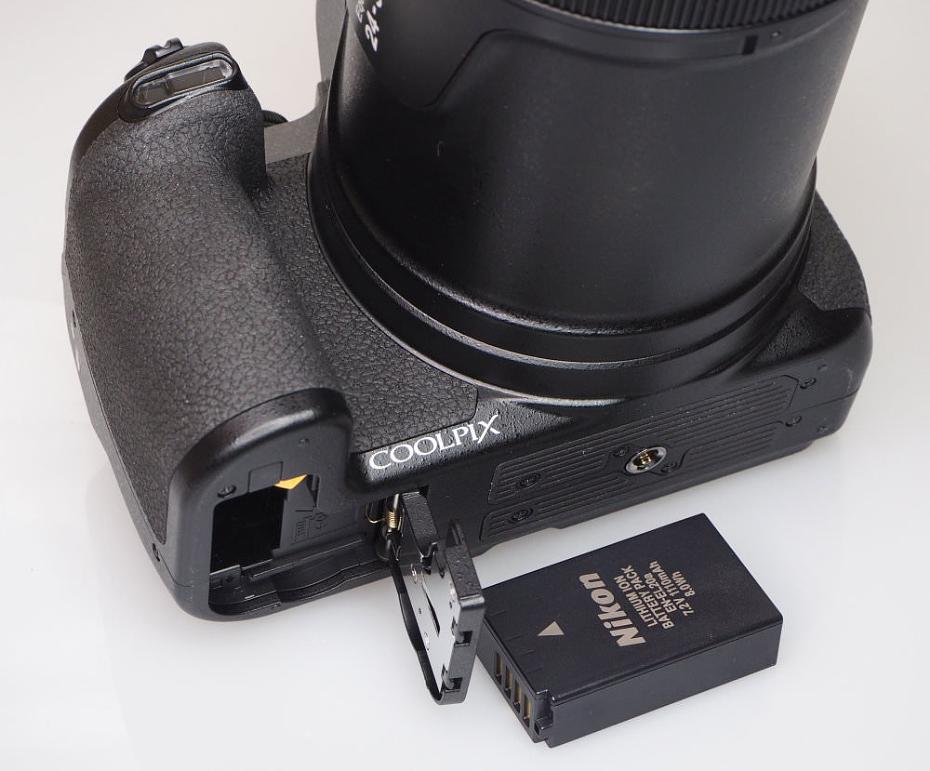
Battery life - Even though battery life is quoted at 250 shots, we were often left worrying about how much battery life was actually left and it really lets the performance of the camera down. Carrying a spare Lithium-ion EN-EL20a battery is recommended.
Nikon Coolpix P1000 Performance
The performance section is where we look at the image quality performance of the camera. Additional sample photos and product shots are available in the Equipment Database, where you can add your own review, photos and product ratings.
Speed - We took a number of shots to test the camera's responsiveness, from switch on to first photo, shot to shot, focusing speed etc. We take a number of shots and then use the average to ensure accurate and consistent tests, making it easy to compare with other cameras.
| Shutter Response | <0.05secs |
| Wide - Focus / Shutter Response | 0.125secs |
| Full zoom - Focus / Shutter Response | 0.75secs |
| Switch on Time to Taking a Photo | 2.1secs |
| Shot to Shot without Flash | 1.2secs |
| Shot to Shot with Flash | 1.3secs |
| Continuous Shooting - JPEG (shots before slow down) |
7fps (7 shots) |
| Continuous Shooting - Flash | N/A |
| Continuous Shooting - RAW | 7fps (7 shots) |
Shutter response is very quick, and focus is also very quick, as long as the camera correctly focuses. As with most ultra-zoom cameras, the focus can be slower at the telephoto end, depending on the subject and lighting conditions. Continuous shooting speed is good at 7fps, however you can only shoot 7 shots before the camera stops shooting.
Nikon Coolpix P1000 Sample Photos
Sample Photos - Photos show very good colour and saturation, with reliable exposure. Skin tones are good and portraits taken with the flash show very little to no red-eye. The huge optical zoom lens lets you zoom into distant subjects, and assuming there are no atmospheric or weather issues, then detail is good. If, however, there is anything in the air (smoke, pollution, fog, cloud etc.) then this will hinder your ability to get a sharp, detailed shot.
Also, if you switch to the moon scene mode (or any other scene mode) and you lose the ability to shoot RAW images. You could take a number of shots, and then stack them together for better detail in shots.
Nikon Coolpix P1000 Lens test images
Lens Performance - When trying to get sharp shots at anything beyond 2000mm we had to use a tripod as it's quite difficult to get sharp/steady shots when using 2000-3000mm equivalent zoom without the use of a steady platform. Beyond 2400mm or 2600mm it's difficult to get a sharp shot even with a tripod, as images tend to be soft, particularly at 2600-3000mm where images are soft in the corners of the frame. However, you can get sharper results by converting raw images. Any atmospheric conditions, such as heat, pollution, fog, cloud or air conditions will alter the quality of results.
Macro focus lets you focus on subjects literally in front of the lens. This sounds great, but for the fact that the lens blocks any light from getting on to your subject, so it's not very usable unless you're taking a photo of something with it's own light source, such as a monitor, or light.
Lens distortion is automatically corrected in-camera, and there are low levels of distortion visible, depending on how much zoom you are using. Some purple fringing is visible in photos with trees against a bright sky, however, it is fairly well controlled. The lens is quite resistant to flare, even when not using the lens hood.
The lens has a relatively bright aperture of f/2.8 when at the wide-angle end of the lens (24mm equivalent), and this closes down as you zoom through the lens range. Here's how the aperture available changes as you zoom through the lens range, showing the mm equivalent in 35mm terms:
- 24-28mm f/2.8
- 30-50mm f/3.2
- 55-97mm f/3.5
- 105-170mm f/4.0
- 185-345mm f/4.5
- 370-700mm f/5.0
- 750-1500mm f/5.6
- 1600-2000mm f/6.3
- 2200-2600mm f/7.1
- 2800-3000mm f/8
Nikon Coolpix P1000 ISO test images
ISO Noise Performance - For the lowest noise and best detail possible we would recommend using ISO100 to ISO200, as images have low levels of noise and good levels of detail. At ISO400 noise is still quite low, however, detail starts to drop off. For lower light situations ISO400 to ISO800 still provides good results, although noise increases and detail is reduced. At ISO1600 and ISO3200 noise levels become strong and we would recommend avoiding this setting if possible, although results may still be useful if resized and used on the web. ISO6400 is best avoided as noise is high, and detail is very low.
Nikon Coolpix P1000 White-balance test images
White Balance Performance - Auto White Balance (AWB) performs well under tungsten lighting, as well as mixed lighting, with the tungsten preset giving a good result. There is also a "Warm" Auto White Balance setting to keep the image warm to capture the atmosphere more accurately. AWB performs well under fluorescent lights, with the fluorescent preset giving a magenta colour cast.
Nikon Coolpix P1000 Digital filters
Digital Filters - There are a number of scene modes, including backlighting / HDR, pet portrait, multiple explosure lighten, time-lapse movie, superlapse movie, and on the mode dial there is the dedicated Moon scene mode, as well as the Bird-watching mode.
There are a small number of creative effects or filters in photo shooting mode, including soft, and selective colour. However in playback there are additional filters, including quick retouch, d-lighting, skin softening, filter effects (soft portrait, selective colour, cross screen, fisheye, miniature effect, painting, vignette, photo illustration, portrait (colour and black and white). The panoramic mode produces a low-resolution image of 4800x960 when on the standard (180) mode. There's also a 360 mode.:
Video - The Nikon Coolpix P1000 captures 4K/UHD 30p video with stereo sound or Full HD (1080p) video at frame rates of up to 60p. The camera supports clean HDMI out, so you can output videos to an external monitor during recording and the camera’s built-in microphone jack allows the use of an external microphone. In-camera movie functions include Superlapse, which lets you create a fast-motion sequence or you can use Time-Lapse for recording skyscapes, star trails and the passage of the moon across the night sky. Additional videos can be found on the ePHOTOzine YouTube channel.
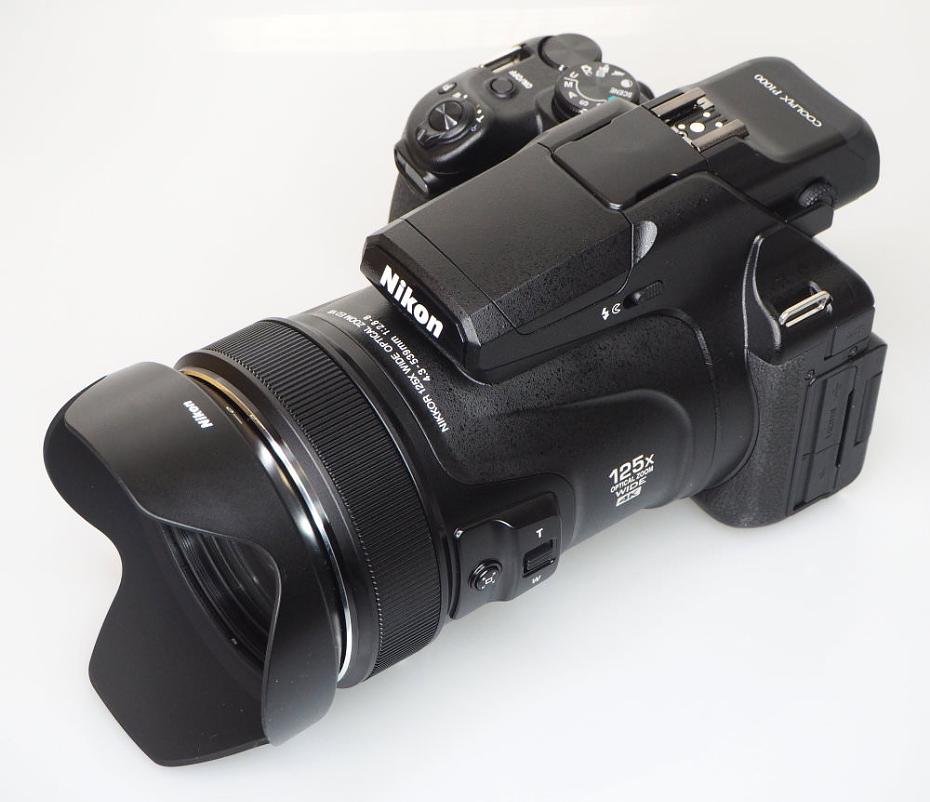
Value For Money
The Nikon Coolpix P1000 is available for £999, making it a serious investment, and more than double the price of most of the nearest competitors:
- Nikon Coolpix P900, 83x optical zoom, FullHD video, £499
- Kodak PIXPRO AZ901, 90x optical zoom, FullHD video, £399
- Nikon Coolpix B700, 60x optical zoom, 4K video, £399
- Panasonic Lumix FZ82, 60x optical zoom, 4K video, £313
- Canon Powershot SX60 HS, 65x optical zoom, FullHD video, £369
Have a look at more ultra-zoom bridge cameras in our 'Top 10 Best Ultra Zooms' feature and we'd also recommend investing in a decent Best Tripods.
You'll also need to buy a memory card and a case or bag to keep your camera safe and protected - have a look at our complete guide to camera bags.
Nikon Coolpix P1000 Verdict
The Nikon Coolpix P1000, without doubt, offers the biggest and most in your face optical zoom ever, with a 125x optical zoom lens! For bragging rights alone, this camera knocks it out of the park, offering a 24mm to 3000mm equivalent zoom lens.
However, there comes with that, a number of unavoidable issues which includes: the size and weight of the camera - it's big, really really big. It weighs a lot too, at 1.4kg (with battery and memory card). The camera is also lens heavy, and the weight of the camera shifts forwards as you zoom, at times it makes you wonder why there isn't a tripod mount under the middle of the lens.
There's also the issue of trying to get sharp shots at anything beyond 2000-2200mm, as you'll need to carry a tripod around to ensure your shots are sharp. Then, even when you do have a solid base, such as a decent tripod, there will also be the problem of air quality. If there's anything in the air (smoke, pollution, fog, cloud etc.) then this will hinder your ability to get a sharp, detailed shot. Shooting at any zoom length over 2000mm, unless shooting in bright (almost perfect) conditions, it will be difficult to get sharp shots.
We also wish that the battery life was better as even with a quoted 250 shots, we were often left worrying about how much battery life was left on the camera.
As for the price, it's a lot of cash to spend and this is even more so when you look at what's on offer at almost half the price, such as the Nikon Coolpix P900.
Overall, the Nikon Coolpix P1000 offers a huge amount of reach but the price, the need for a tripod (ideally) over 2000mm and its size/weight, means the rest of the camera is likely to not be for everyone. For some, the huge size of the camera will immediately deter using the camera.
Own this product? Let us know what you think of it in the EQDB.


